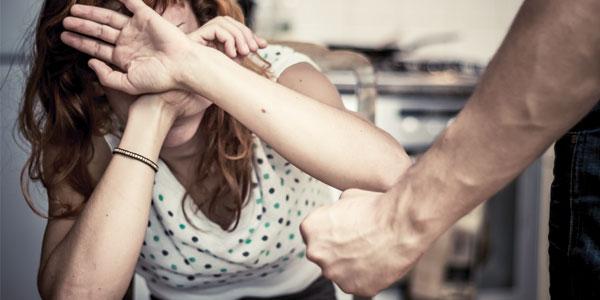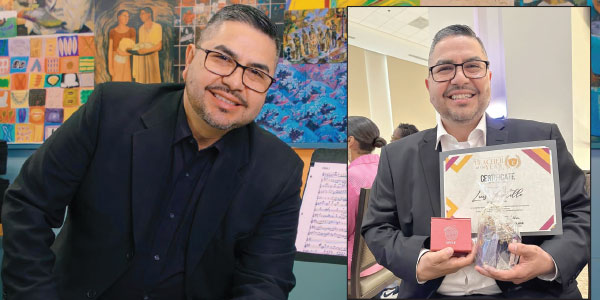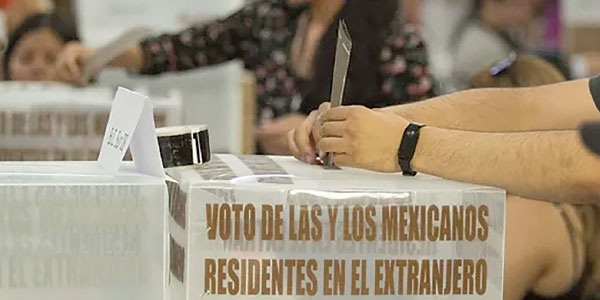
Commentary by Carey Juez-Perez, Licensed Clinical Social Worker
Abusive relationships often follow a pattern, known as the “cycle of domestic violence.” Although the cycle might look different in every relationship, three stages take place repeatedly in abusive relationships.
The first stage is “tension building.” This begins when tempers flare and anger increases over domestic issues, including money and children. Name-calling, yelling and arguments often take place during this stage. The victim might attempt to please the abuser by giving in or avoiding situations. However, this won’t stop the violence. Tension will continue to build until it eventually explodes.
When the tension explodes, the second stage – the “acute battering episode” – appears. This is when the physical violence takes place. The abuser might blame the victim for making him or her angry. In return, the victim feels guilty for having said or done something wrong to cause the abuser to explode. However, in reality, domestic violence is never the victim’s fault. Abusers are typically triggered by external factors or by the abuser’s unstable emotional state. Therefore, it’s difficult to predict when there’ll be an emotional explosion.
After the violence, the cycle moves on to the “honeymoon phase.” Initially, the abuser might feel ashamed and attempt to minimize the abuse by apologizing, making excuses or blaming the victim. The abuser might offer lots of affection and loving actions. But the actions are attempts to convince the partner the violence won’t happen again, causing the victim to believe that leaving the relationship is unnecessary.
Unfortunately, domestic violence is a “cycle.” The honeymoon phase wears off and the cycle starts again. This might help explain why many domestic violence victims stay in abusive relationships.
Fortunately, there are many resources to help victims safely break from the cycle. For more information on ways to leave an abusive relationship, visit https://ncadv.org/.
__________________________________________________________________________________
El ciclo de la violencia doméstica
Las relaciones abusivas a menudo siguen un patrón, conocido como el “ciclo de la violencia doméstica”. Aunque el ciclo puede parecer diferente en cada relación, tres etapas tienen lugar repetidamente en las relaciones abusivas.
La primera etapa es la “construcción de tensión”. Esto comienza cuando los ánimos se inflaman y el enojo aumenta en asuntos domésticos, incluyendo el dinero y los niños. Los nombres, los gritos y los argumentos suelen tener lugar durante esta etapa. La víctima puede intentar complacer al abusador dando o evitando situaciones. Sin embargo, esto no detendrá la violencia. La tensión continuará construyendo hasta que explote eventual.
Cuando la tensión explota, la segunda etapa – el “episodio agudo de maltrato” – aparece. Esto es cuando ocurre la violencia física. El abusador podría culpar a la víctima por hacer que él o ella se enoje. A cambio, la víctima se siente culpable por haber dicho o hecho algo malo para hacer que el abusador explote. Sin embargo, en realidad, la violencia doméstica nunca es culpa de la víctima. Los abusadores suelen ser provocados por factores externos o por el estado emocional inestable del abusador. Por lo tanto, es difícil predecir cuándo habrá una explosión emocional.
Después de la violencia, el ciclo pasa a la “fase de luna de miel”. Inicialmente, el abusador podría sentirse avergonzado e intentar minimizar el abuso pidiendo disculpas, haciendo excusas o culpando a la víctima. El abusador puede ofrecer mucho afecto y acciones amorosas. Pero las acciones son intentos de convencer a la pareja de que la violencia no volverá a ocurrir, haciendo que la víctima crea que dejar la relación es innecesaria.
Desafortunadamente, la violencia doméstica es un “ciclo”. La fase de luna de miel desaparece y el ciclo comienza de nuevo. Esto podría ayudar a explicar por qué muchas víctimas de violencia doméstica permanecen en relaciones abusivas.
Afortunadamente, hay muchos recursos para ayudar a las víctimas a romper con seguridad del ciclo. Para obtener más información sobre cómo dejar una relación abusiva, visite https://ncadv.org/.








